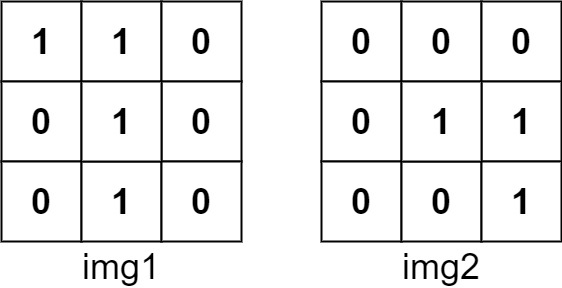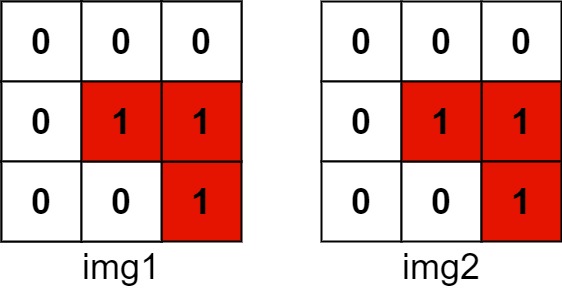Alice had a 0-indexed array arr consisting of n positive integers. She chose an arbitrary positive integer k and created two new 0-indexed integer arrays lower and higher in the following manner:
lower[i] = arr[i] - k, for every indexiwhere0 <= i < nhigher[i] = arr[i] + k, for every indexiwhere0 <= i < n
Unfortunately, Alice lost all three arrays. However, she remembers the integers that were present in the arrays lower and higher, but not the array each integer belonged to. Help Alice and recover the original array.
Given an array nums consisting of 2n integers, where exactly n of the integers were present in lower and the remaining in higher, return the original array arr. In case the answer is not unique, return any valid array.
Note: The test cases are generated such that there exists at least one valid array arr.
Example 1:
Input: nums = [2,10,6,4,8,12] Output: [3,7,11] Explanation: If arr = [3,7,11] and k = 1, we get lower = [2,6,10] and higher = [4,8,12]. Combining lower and higher gives us [2,6,10,4,8,12], which is a permutation of nums. Another valid possibility is that arr = [5,7,9] and k = 3. In that case, lower = [2,4,6] and higher = [8,10,12].
Example 2:
Input: nums = [1,1,3,3] Output: [2,2] Explanation: If arr = [2,2] and k = 1, we get lower = [1,1] and higher = [3,3]. Combining lower and higher gives us [1,1,3,3], which is equal to nums. Note that arr cannot be [1,3] because in that case, the only possible way to obtain [1,1,3,3] is with k = 0. This is invalid since k must be positive.
Example 3:
Input: nums = [5,435] Output: [220] Explanation: The only possible combination is arr = [220] and k = 215. Using them, we get lower = [5] and higher = [435].
Constraints:
2 * n == nums.length1 <= n <= 10001 <= nums[i] <= 109- The test cases are generated such that there exists at least one valid array
arr.
Solution: Try all possible k
Sort the array, we know that the smallest number nums[0] is org[0] – k, org[0] + k (nums[0] + 2k) must exist in nums. We try all possible ks. k = (nums[i] – nums[0]) / 2.
Then we iterate the sorted nums array as low, and see whether we can find low + 2k as high using a dynamic hashtable.
Time complexity: O(n2)
Space complexity: O(n)
C++
|
1 2 3 4 5 6 7 8 9 10 11 12 13 14 15 16 17 18 19 20 21 22 23 24 25 26 27 28 29 |
// Author: Huahua class Solution { public: vector<int> recoverArray(vector<int>& nums) { const int n = nums.size(); sort(begin(nums), end(nums)); unordered_map<int, int> m; for (int x : nums) ++m[x]; auto check = [&](int k) -> vector<int> { vector<int> ans; unordered_map<int, int> cur(m); for (int x : nums) { if (cur[x] == 0) continue; --cur[x]; if (--cur[x + 2 * k] < 0) return {}; ans.push_back(x + k); } return ans; }; for (int i = 1; i < n; ++i) { if (nums[i] == nums[0] || (nums[i] - nums[0]) & 1) continue; const int k = (nums[i] - nums[0]) / 2; vector<int> ans = check(k); if (!ans.empty()) return ans; } return {}; } }; |

 The number of positions that have a 1 in both images is 3 (shown in red).
The number of positions that have a 1 in both images is 3 (shown in red).
